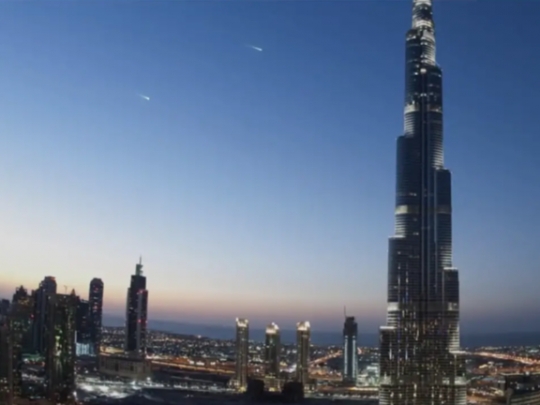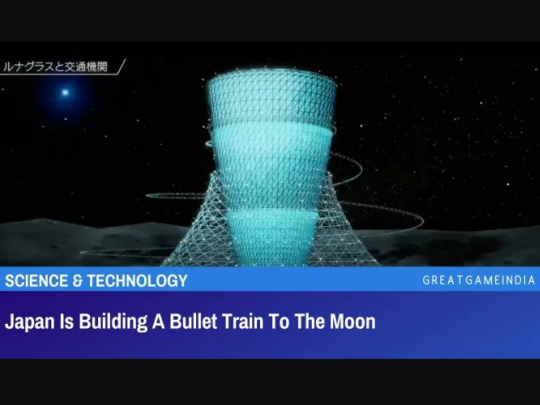‘Sky Canvas’ satellite aiming to create Earth’s 1st artificial meteor shower (VIDEOS)

A Japanese startup is hoping to become the first organization in history to create an artificial meteor shower which will light up the skies on demand, more brightly than its natural competition. In your face, Leonids.
Founded in 2011, Astro Live Experiences (ALE) launched its first test microsatellite into orbit on board an Epsilon rocket from the JAXA Uchinoura Space Center in Japan. It’s aiming to conduct the first live-fire test at approximately 9am local time Friday.
The idea struck founder Lena Okajima in 2011 while she was observing the Leonid meteor shower. A former member of Goldman Sachs Asian Special Situation Group, Okajima is a serial entrepreneur and was previously selected as a member of the Japanese Aerospace Exploration Agency's (JAXA) open lab.
The concept is quite straightforward: shooting stars are created by particles of space dust, mere millimeters in diameter, burning up in the atmosphere. ALE has created its own artificial ‘dust’ particles that will travel one third of the way down from orbit before burning up over the Earth, briefly lighting up sections of the sky in the process and dazzling audiences within a 100km radius.
Each 65-kilogram (143.3-lb) satellite will orbit at an altitude of about 400 kilometers (248.6 miles) and is designed to fire small metallic pellets (of undisclosed material) of roughly 1cm in diameter.
These pellets will need sufficient velocity to create enough friction with the Earth's atmosphere, so they must be shot from the satellite rather than just dropped. However, this runs the risk of creating recoil and knocking the satellite out of stable orbit.
ALE is hoping that a pressure-driven gas tank, that fires the pellets at a speed of 8km/s, will produce enough force without the undesired recoil.
ALE’s stated purpose is to “bring people all over the world together to witness an unprecedented, collective experience.”
The ‘meteor showers’ should last around 10 seconds or so, a bit longer than their natural counterparts, and burn up at an altitude of 37 to 50 miles (40 to 60 kilometers), well above commercial air traffic.
“Compared to natural ones, our meteors are more massive and travel through the atmosphere more slowly, which allows them to be observed for a longer time,” Hiroki Kajihara of ALE told Wired.
Earth has roughly 22 annual meteor showers but the always-on, 21st century culture just can't wait around for naturally occurring phenomena, apparently.
If all goes well, each satellite should be capable of “several thousand releases,” with a view to creating a massive light show in 2020 above the skies of Hiroshima and the Seto Inland Sea to mark the 75th anniversary of the US bombing of the Japanese city.
- Source : RT


















